Milky Way Galaxy and signs of life and water: Check out what this study found
The research team has found that the stars with multiple planets were the most likely to have the kind of circular orbits that allow them to retain liquid water.
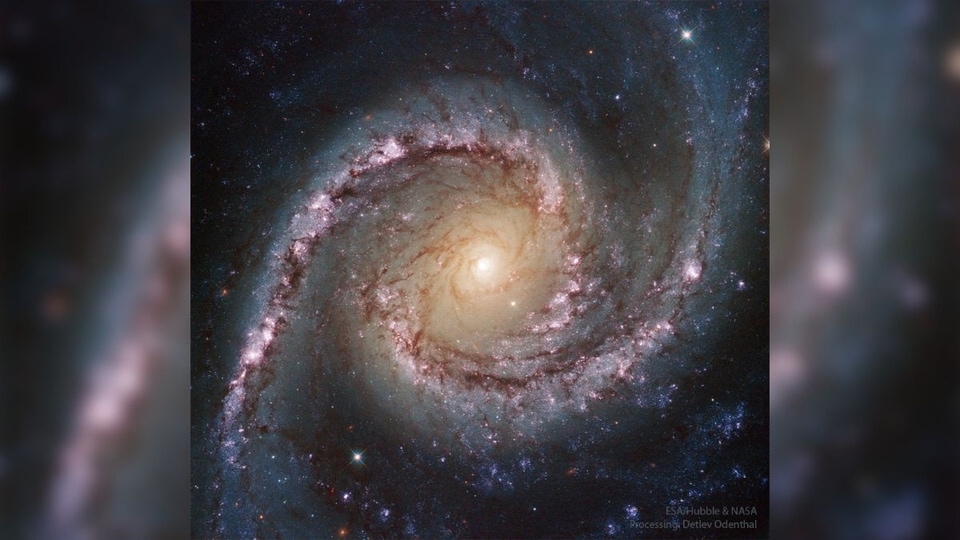
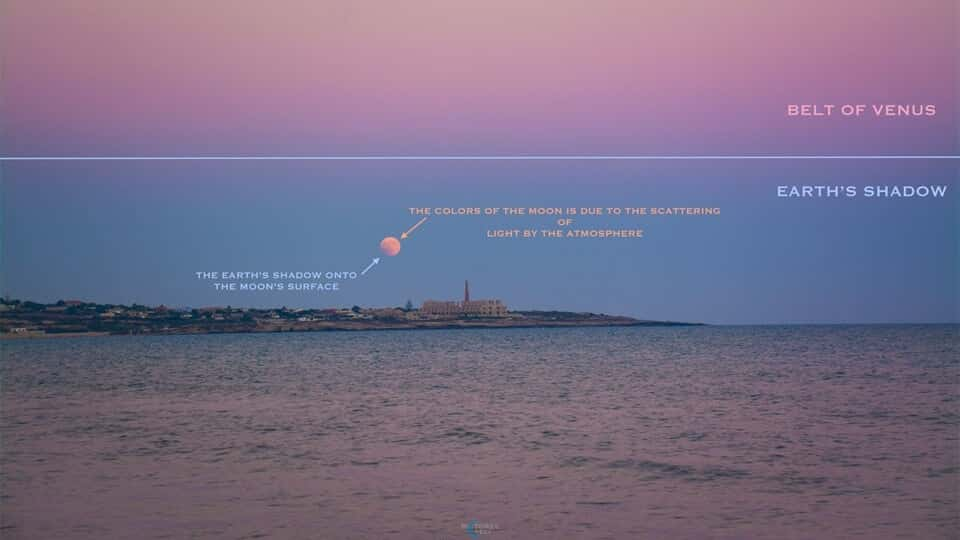
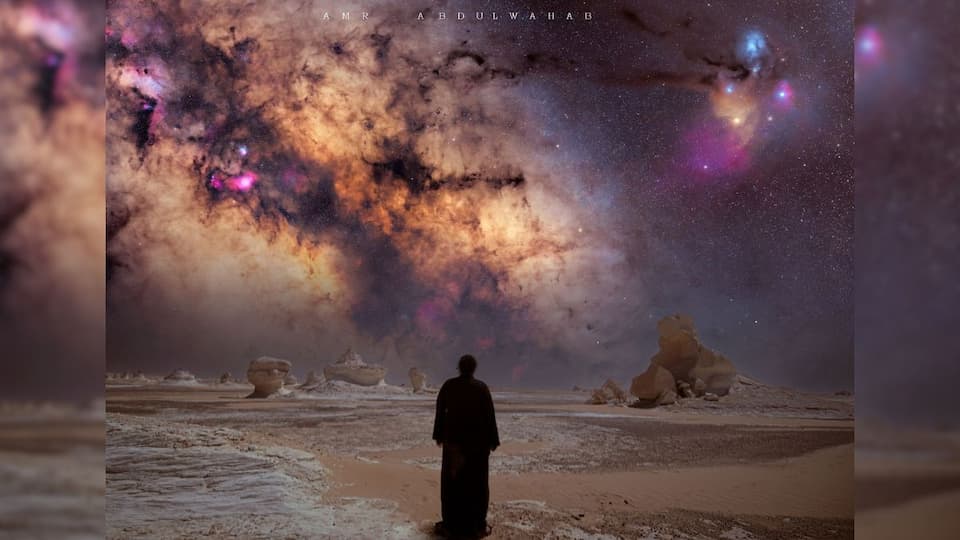
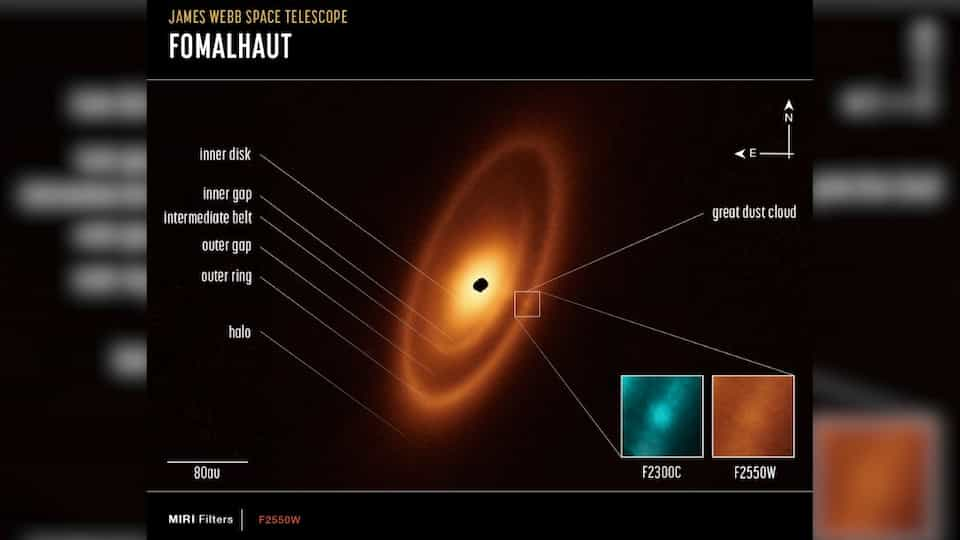
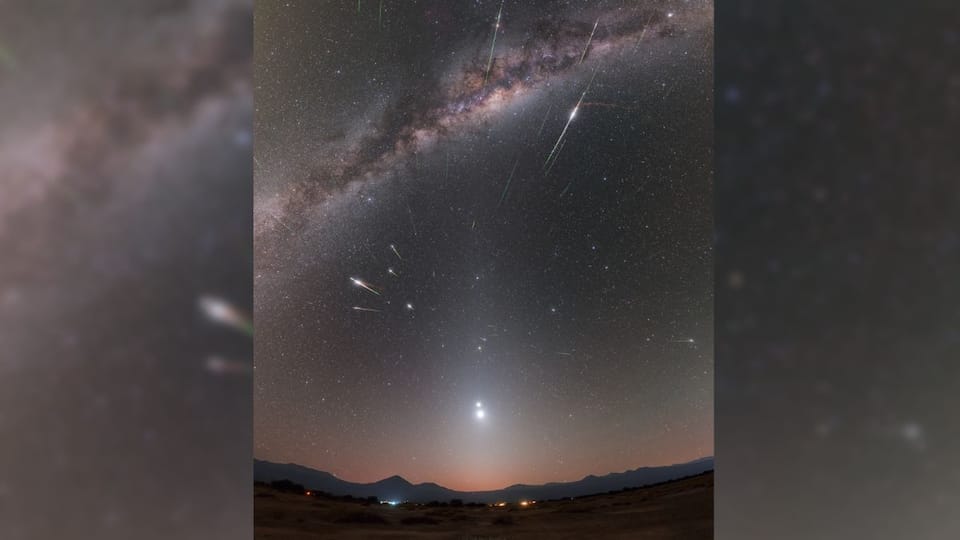
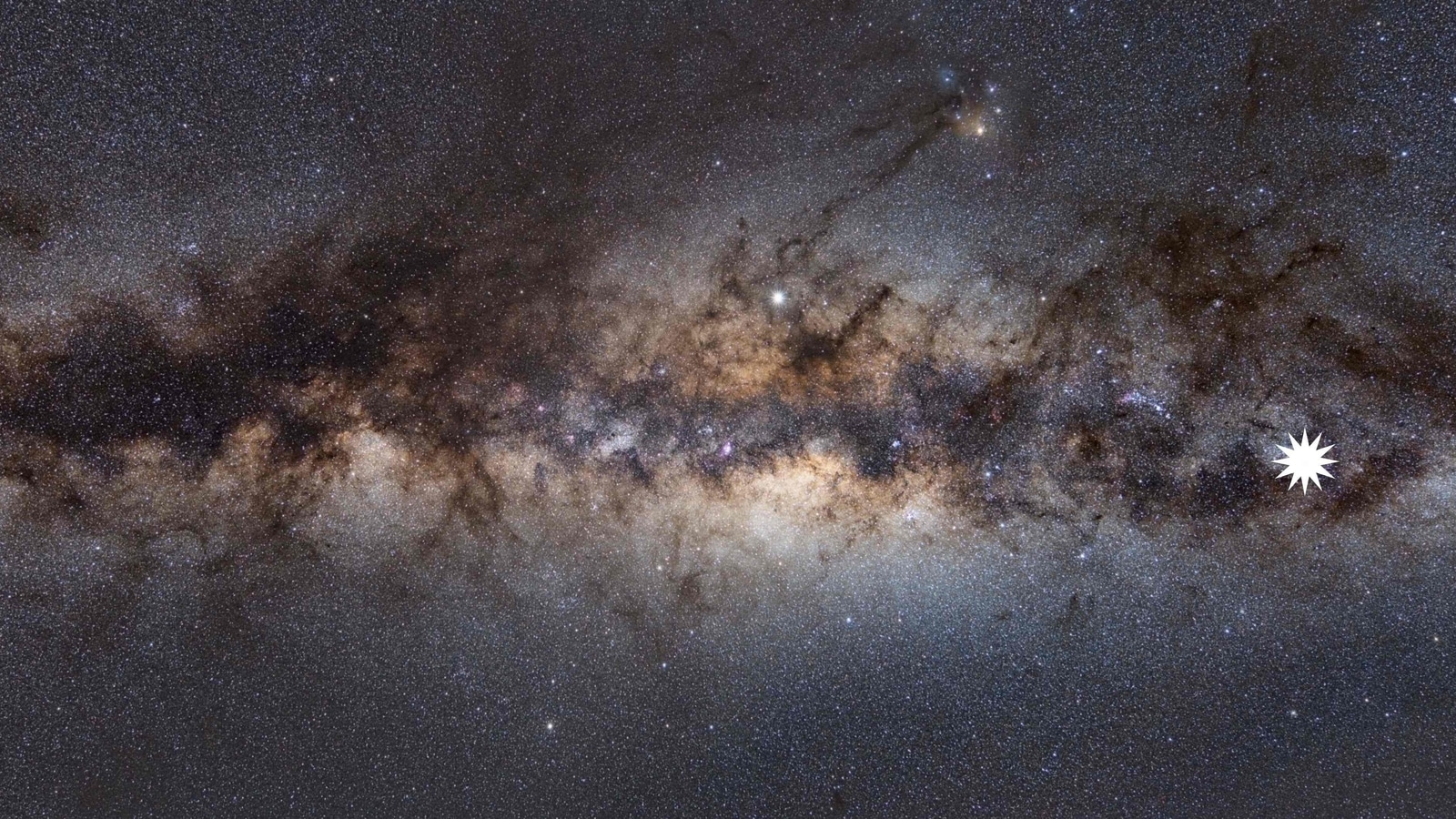
 View all Images
View all ImagesA many as 1/3rd of the planets revolving around the most common stars across the Milky Way Galaxy may have liquid water and can possibly harbour life, according to a study based on latest telescope data. Most of the common stars in our galaxy are smaller and comparatively cooler. They are sporting just half the mass of the Sun at most. Billions of planets revolve around these common dwarf stars.
Two-thirds of the planets around these ubiquitous small stars could be roasted by tidal extremes, sterilising them, shows the analysis which was published in the journal Proceedings of the National Academy of Sciences.
Sheila Sagear, a doctoral student at the University of Florida (UF) in the US, said "I think this result is really important for the next decade of exoplanet research, because eyes are shifting towards this population of stars." she further added, “These stars are excellent targets to look for small planets in an orbit where it's conceivable that water might be liquid and therefore, the planet might be habitable."
UF astronomy professor Sarah Ballard says, "It's only for these small stars that the zone of habitability is close enough for these tidal forces to be relevant," Ballard said.
The data from NASA's Kepler telescope was used by the researchers. It captures information about exoplanets as they move in front of their host stars, PTI said.
The research team has found that the stars with multiple planets were the most likely to have the kind of circular orbits that allow them to retain liquid water.
As per the researchers, stars with only one planet were the most likely to see tidal extremes that would sterilise the surface. They explained, “Since one-third of the planets in this small sample had gentle enough orbits to potentially host liquid water, that likely means that the Milky Way has hundreds of millions of promising targets to probe for signs of life outside our solar system.”
Catch all the Latest Tech News, Mobile News, Laptop News, Gaming news, Wearables News , How To News, also keep up with us on Whatsapp channel,Twitter, Facebook, Google News, and Instagram. For our latest videos, subscribe to our YouTube channel.































